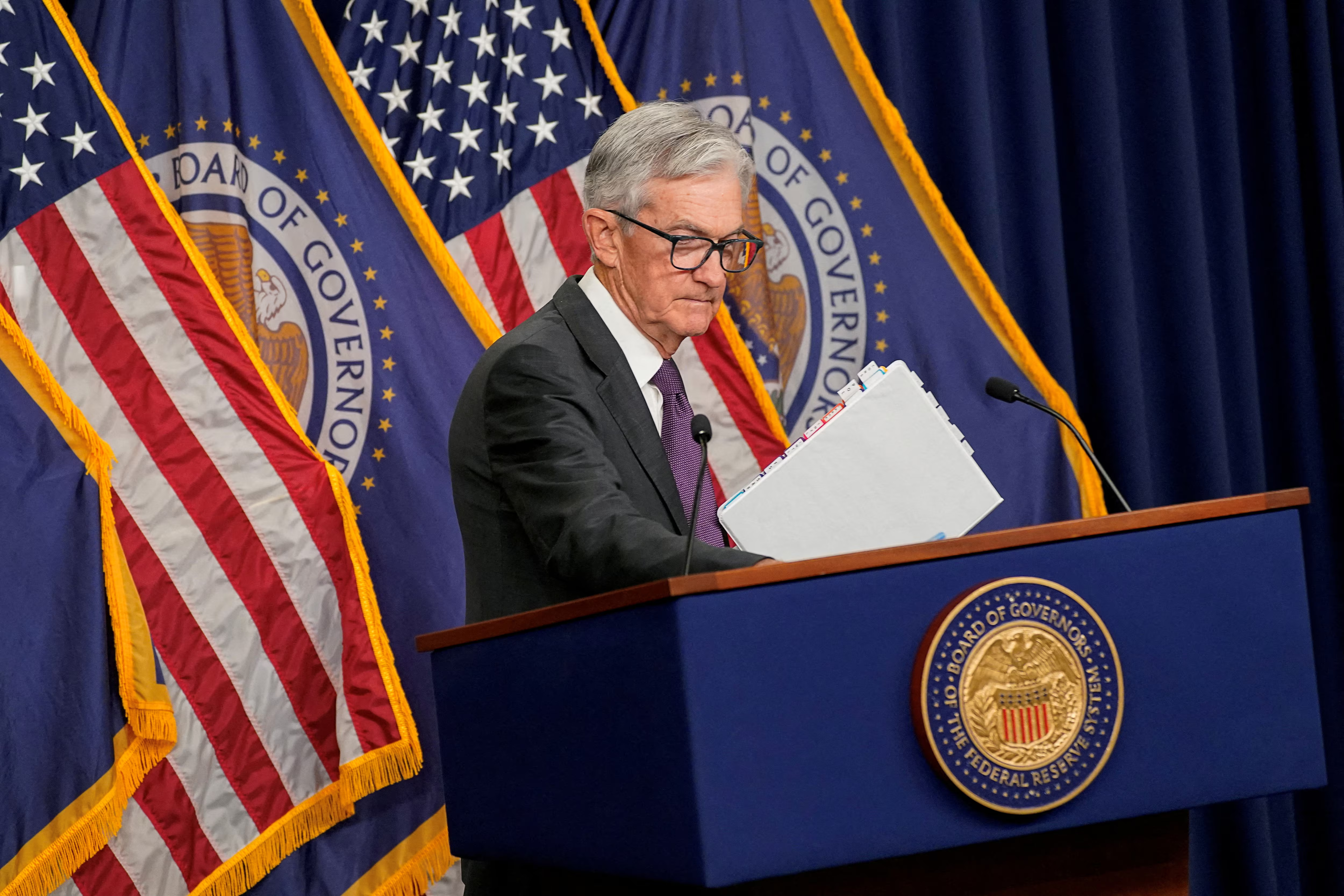The ongoing debate within U.S. financial policy circles has intensified as Federal Reserve Governor Michelle Bowman openly advocates for multiple interest rate reductions before 2025. Her proposal comes at a time when the U.S. economic landscape is experiencing increasing tension between President Donald Trump’s administration and Federal Reserve Chair Jerome Powell. This scenario highlights the complexities of balancing inflation control with economic growth stimulation.
Bowman’s Proposal: A Potential Shift in U.S. Monetary Policy
Interest Rate Reductions: An Answer to Economic Challenges?
Over recent months, the Federal Reserve has maintained its benchmark interest rates between 4.25% and 4.50%, despite persistent calls for reductions from the Trump administration. Proponents of interest rate cuts argue that lowering borrowing costs could invigorate economic activities. In contrast, the Federal Open Market Committee (FOMC) remains steadfast in its priority to curb inflation.
In a significant address at the Kansas Bankers Association held in Colorado Springs, Governor Bowman emphasized the need for three strategic rate cuts before the conclusion of 2025. Her stance is underpinned by recent labor market data, which revealed an uptick in unemployment from 4.1% to 4.2%, alongside a disappointing creation of only 73,000 new jobs.
Bowman aims to rally additional support within the FOMC, aligning with fellow Governor Chris Waller, who has similarly voiced dissent. She proposes initiating rate cuts in September and continuing with further reductions in October and December, with the goal of fortifying labor market conditions and ensuring economic stability. Bowman’s conviction is that the proposed measures will help prevent unnecessary weakening of the labor market, particularly as Trump’s tariffs appear to lack a substantial impact on inflation.
Influence and Implications of the Proposed Rate Cuts
Governor Bowman’s perspective resonates with three other key FOMC figures—Governor Lisa Cook, San Francisco Fed President Mary Daly, and Minneapolis Fed President Neel Kashkari—who have also expressed concerns over recent employment data. Their collective apprehension sets the stage for potential rate revisions in upcoming policy meetings.
Opportunities in Cryptocurrency Investments
Beyond the immediate impacts on traditional markets, the proposed rate cuts could also serve to accelerate capital flows into risk assets, including cryptocurrencies. The combination of potential rate cuts, regulatory advancements, and emerging institutional interest paints a promising picture for digital assets.
The enactment of crypto-supportive legislation, exemplified by the GENIUS Act, and efforts by the U.S. Securities and Exchange Commission to facilitate broader cryptocurrency adoption illustrate the positive regulatory climate under the Trump administration. Additionally, the potential approval of altcoin spot ETFs—featuring assets like XRP, Solana, and Dogecoin—further amplifies the anticipation surrounding the cryptocurrency sector.
At present, the total market cap of cryptocurrencies has reached $3.91 trillion, marking a modest rise of 1.07% over the past 24 hours.
FAQs
What is the current stance of the Federal Reserve on interest rates?
The Federal Reserve has opted to maintain interest rates between 4.25% and 4.50%, focusing primarily on keeping inflation in check amidst calls for reductions to stimulate the economy.
Why is Governor Bowman advocating for rate cuts?
Governor Bowman believes that rate cuts would stabilize labor market conditions, as recent data indicates rising unemployment and slower job growth. She argues that reducing rates could avert further labor market erosion while maintaining economic stability.
How could potential rate cuts affect the cryptocurrency market?
Interest rate reductions typically boost capital flows into riskier assets such as cryptocurrencies. Coupled with favorable regulatory developments and institutional interest, rate cuts could catalyze growth in the cryptocurrency market.
In summary, this detailed examination of the potential U.S. monetary policy shift and its broader economic implications provides readers with the insights needed to navigate future developments confidently.

